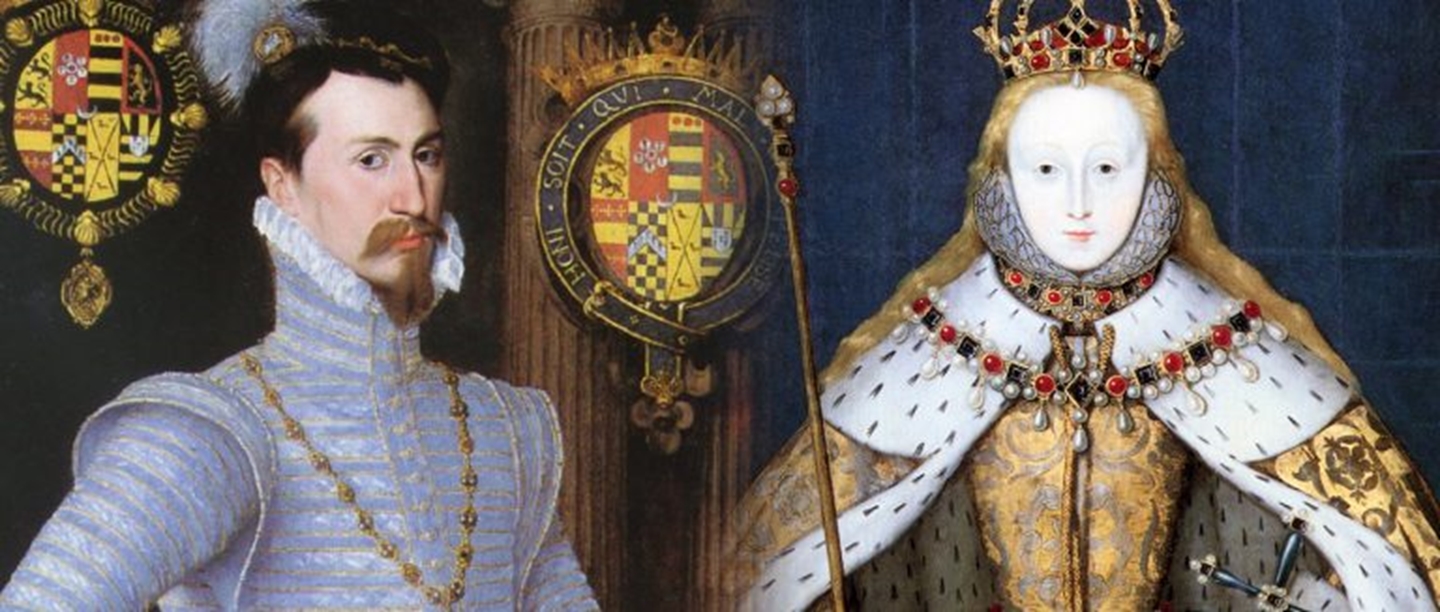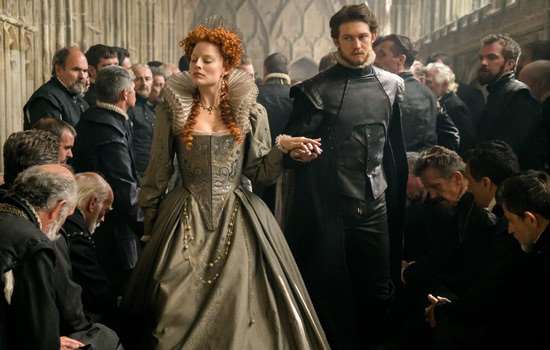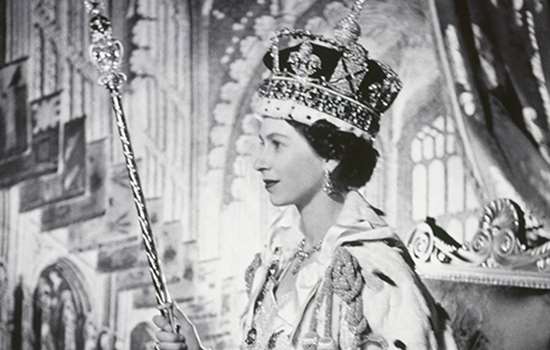
The story of Queen Elizabeth I and Robert Dudley has fascinated people for more than 450 years. Their relationship has been explored in books, films and on TV, most recently by Cate Blanchett and Joseph Fiennes in the film Elizabeth, and by Helen Mirren and Jeremy Irons in the series Elizabeth I. They were certainly emotionally dependent on each other throughout their lives, but were they ever really lovers? Over the centuries, layer upon layer of myth and fiction have obscured their true story.
The mythmaking began during the couple’s lifetime with the publication of the anonymous pamphlet Leicester’s Commonwealth. This masterpiece of character assassination gleefully recounts every morsel of scurrilous gossip about Dudley, portraying him as a serial killer, extortioner and criminal. Like the ‘black legend’ of Richard III, it became accepted truth for generations of historians. When Sir Walter Scott embroidered the legend even further in his wildly inaccurate novel Kenilworth (1821), the seal was set on Dudley’s infamous reputation.
Dudley was no saint; indeed, he was probably the most unpopular man in England. But the real story of his relationship with Elizabeth portrays them both in a more nuanced, more human light.
Robert was born in 1532 and Elizabeth in 1533, and they had known each other since they were children. Both had been in real danger of losing their heads during the reign of Elizabeth’s sister Queen Mary, and Elizabeth never forgot that Dudley had befriended her during this traumatic time.
The minute Elizabeth became queen in 1558, Dudley rushed to her side, literally mounted on a white charger. She immediately appointed him her Master of Horse, responsible for the travels of the court and its entertainment. It soon became plain that this was no mere reunion of childhood friends. Lord Robert was ‘singular well-featured’, almost six feet tall with long shapely legs. The queen was violently attracted to him, and he to her. Day after day they rode and danced together, or whispered in alcoves. Rumours that they were lovers were rife, and not only at court. Old Mother Dowe of Brentwood was jailed for assuring her neighbours that ‘My Lord Robert hath given Her Majesty a red petticoat’–that is, had taken her virginity.
Were they ever physically lovers? There is absolutely no real evidence that they were, and on what she believed to be her deathbed, Elizabeth solemnly swore that ‘though she loved him dearly…nothing unseemly had ever passed between them’.
To make matters worse, everyone knew that Dudley was already married. As a teenager, he’d made ‘a carnal marriage, begun for pleasure’ to Amy Robsart, daughter of a Norfolk squire. But Amy never appeared at court. It was rumoured that she had ‘a malady in her breast’ and that Elizabeth was only waiting for her to die to marry Robert. In September 1560 Amy was found dead with a broken neck; whether the cause was murder or (more likely) suicide, accident or disease has never been proved. Dudley was almost certainly innocent of anything beyond neglecting her. He was now technically free to marry Elizabeth, but the cloud of suspicion that now hung over him meant that she could never accept him. To do so might have cost her the throne.
Yet she would not let him go. ‘I cannot do without my Lord Robert’, she told the French ambassador, ‘for he is like my little dog’. He remained her ‘Bonny Sweet Robin’, constantly needed by her side. She even hatched a scheme to marry him off to Mary Queen of Scots — on condition that the pair lived with her at court. She also mollified him with the gift of Kenilworth Castle in 1563 and with the title Earl of Leicester a year later.
Dudley didn’t give up hope of wedding her. After she evaded his outright proposal at Christmas 1565, he left court in a sulk, only to be dragged back and ordered never to leave her again. But now he was turning to others. In 1573 he may even have secretly married a beautiful widow, Lady Sheffield (the validity of this marriage has never been confirmed), with whom he certainly had a son.
Meanwhile, Elizabeth and Robert continued their bickerings and reconciliations. She ostentatiously honoured him with four visits to Kenilworth Castle, which he was developing at immense cost into a ‘wonder house’ for her entertainment. During her last and most famous visit, in 1575, she stayed for 19 days, the longest she ever remained in a courtier’s mansion. The ‘princely shows’ included fireworks which were heard 20 miles away and the garden created for her visit, now splendidly recreated by English Heritage. When, with characteristic obtuseness, she complained that she couldn’t see it properly from her purpose-built lodgings in ‘Leicester’s Building’, Dudley’s gardeners worked all night to create a pop-up version under her window.
The final entertainment should have been a masque urging Elizabeth to marry her host. But it was rained off. Elizabeth wouldn’t wait for the panting actor who pursued her with pleas to stay, and rode away.
The rainstorm also extinguished Dudley’s last hopes. In 1578 he married Lettice Knollys, the queen’s extremely attractive, red-headed cousin. Robert had long flirted with her, and she was now possibly pregnant. Two days after their private wedding at Wanstead House, Elizabeth arrived there on a progress, but nobody breathed a word. Not until much later did someone reveal to the queen both Robert’s affair with Lady Sheffield and his marriage to Lettice. She was furious, and never spoke to Lettice again. But with Dudley–after a period of coolness–her relationship continued, amazingly, much as before. They were now old friends, bound together by nearly forty years of shared experience and affection.
So they remained until the Armada year of 1588, when Dudley’s last great triumph was stage-managing Elizabeth’s famous visit to the army camp at Tilbury. Less than a month later, worn out and probably suffering from stomach cancer, Dudley died at Cornbury Park in Oxfordshire, aged about 55. Grieving for her ‘brother and best friend’, Elizabeth barricaded herself into her chambers, seeing nobody. She treasured his final hurried message to her, inscribed in her own hand ‘his last letter’, in a casket by her bedside until she died in 1603.
Lettice, ‘the other woman’, may have had the last laugh. Though she promptly married again, she lived to be 91, and had herself buried beside Dudley, beneath an epitaph calling him ‘the best and dearest of husbands’. Ironically, Dudley’s role as Elizabeth’s favourite would be taken over by another ‘Sweet Robin’; Robert Devereux, Earl of Essex. He was Lettice’s son.
Find out more
Find out more about Elizabeth I and discover what her makeup can tell us about her reign.
Join Fashion Historian Amber Butchart and Makeup Artist Rebecca Butterworth at Kenilworth Castle as we show you how to create an Elizabeth I-inspired look at home.
More to explore
-

Elizabeth I in cinema
Historian, author and broadcaster Kate Williams looks at the different portrayals of Elizabeth I on screen to separate fact from fiction.
-

Why was Elizabeth I important?
Best-selling author and historian Dr Tracy Borman explains what the accession of Elizabeth I in November 1558 meant for women in power.
-

Longest reigning monarchs
Who are our longest-reigning monarchs, how did their reigns change England and Britain, and what can we see of their reigns today?